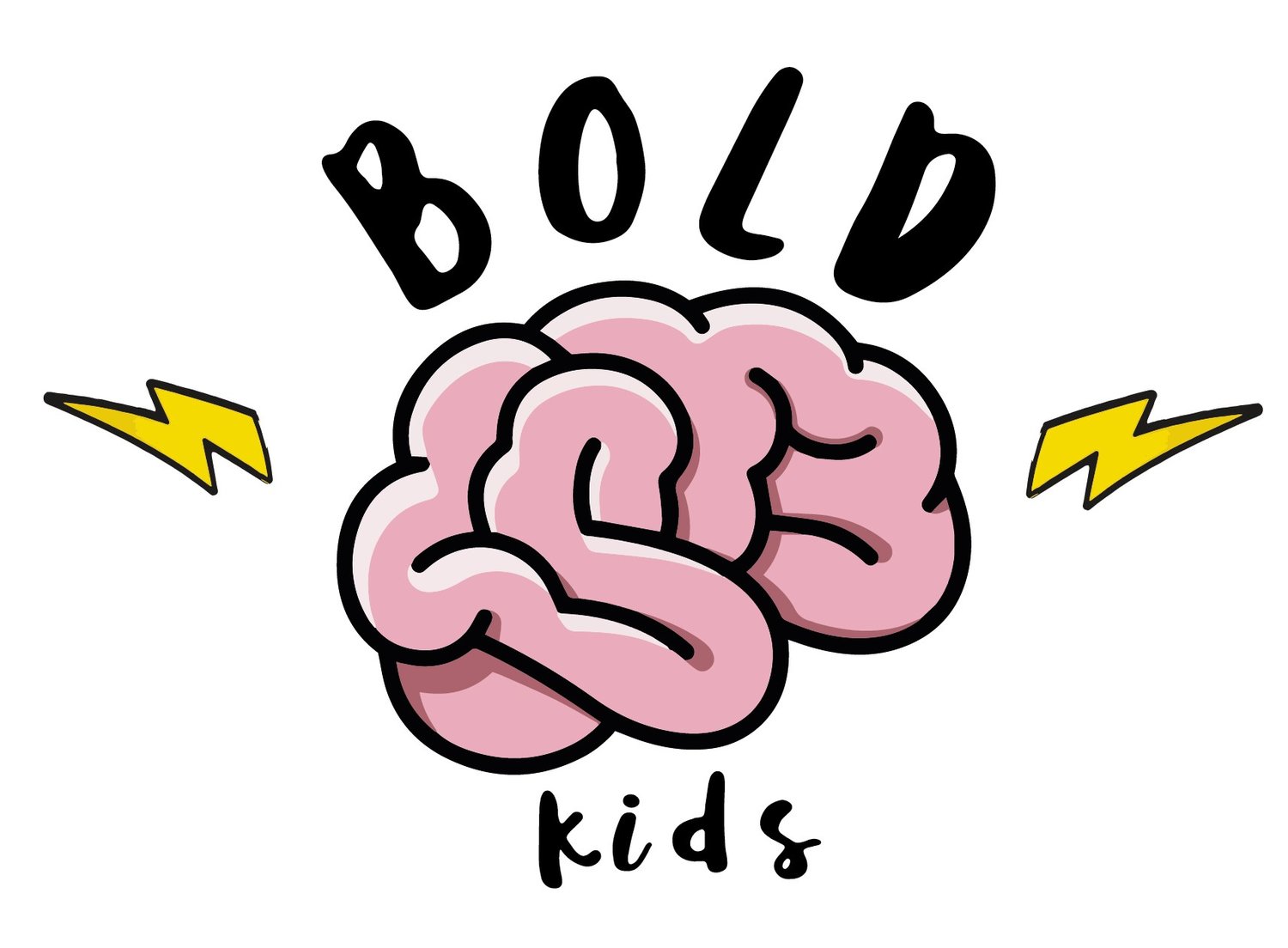Everyday Motor Adaptations
From opening a banana or zipping your coat to playing sports or music, motor skills are a fundamental part of everyday life. For children with upper limb differences, these tasks can present unique challenges. How does an upper limb difference affect everyday activities?
To help answer this question, we conducted a study exploring compensatory motor strategies.
To explore everyday motor strategies in children with a limb difference, we recruited 67 limb-different children, aged 2 to 9 years, each with one functional pincer grip. (i.e., they could grasp objects between a thumb and finger on one hand only). For comparison, we also included 44 limb-typical children.
Each child completed a series of tasks that are typically performed using two hands, such as putting on a glove, threading beads, and separating Lego bricks.
Findings:
While limb-typical children relied on their hands for nearly 90% of task time, for limb-different children this was only 40%, instead they relied on an array of body parts, e.g., using legs 38% of the time compared to 10% in limb-typical children, and torso 22% of the time compared to 5% in limb-typical children.
On average, limb-different children used three body parts together. The most common strategies include using the two arms together with the legs or torso.
With age, the number of strategies used during a task decreases suggesting strategy use becomes more efficient.
Limb anatomy played a role in strategy choice. Compared to those with below-elbow difference, children with above-elbow difference tended to use the most-limb-different arm and torso less, and the legs and feet more.



